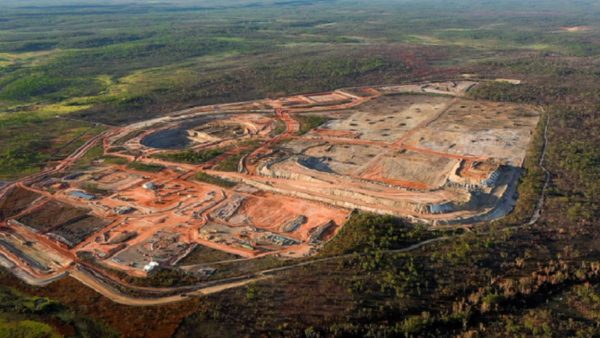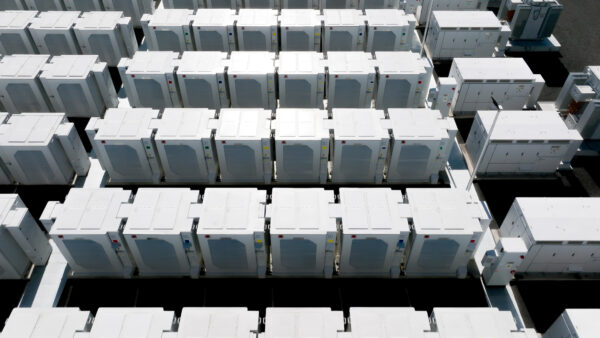Lithium-ion batteries are everywhere. They store the energy needed to operate electric vehicles, motor scooters and skateboards (micromobility), provide the means for constant communication that our mobile phones afford us, power our portable computers, and many other applications. Thanks to their high energy density, they can be applied to most devices without adding to their bulk. Not only that, they can be charged and discharged continually with minimal capacity loss, contributing to their remarkable longevity. Even potential hazards, which have led to well-publicised cases of scooter and Tesla fires, have been reduced by increasingly safer battery designs and materials. For these and many other excellent reasons, lithium-ion will continue to play a prominent role in the technologies of our electrified future.
But there’s more than this and it casts a shadow on lithium-ion’s future for long-term storage. I have worked in several roles in the field of physical and chemical research for the past quarter-century, with an eye towards studying and using the properties of natural elements and (nano)materials for their ability to safely and efficiently store energy.
A particularly stubborn focus surrounds lithium due to years of research and investment pushing it into the realm of large-scale energy storage. After all, if you can power your electric vehicle with lithium-ion batteries, shouldn’t you be able to back up the power of a major metropolis in those inevitable moments when the sun isn’t shining, or the wind isn’t blowing?

Image: Core Lithium
While there have been some seeming success stories like the world’s once largest lithium battery, the Hornsdale Power Reserve, unfortunately, the answer is no. For starters, lithium is a finite resource. The US Geological Survey estimates that there are about 88 million metric tonnes of lithium in the world. Only a quarter of these resources can be profitably mined.
While we can presume that improvements in mining technologies will continue to convert even more of these resources into reserves over time, the electrification of our economies will require us to move quickly to obtain them. And let’s not mince words — the burden of proof will be on mining industries to demonstrate that it can be extracted in a sustainable and ethical fashion. It is uncertain if the industry can meet these mandates, especially given the ongoing child labor issues associated with the mining of cobalt, a similarly finite mineral used in the cathodes of many lithium-ion battery chemistries, in the Democratic Republic of the Congo, where well over half of the world’s cobalt is mined.
While this might present an opportunity for Australian cobalt mining, the fixed nature of a lithium-ion battery’s power-to-energy ratio makes it unsuitable for applications like long-duration grid energy storage, where much more energy is needed than power. Simply describing what a power-to-energy ratio entails, all battery designs must counterbalance the speed with which the maximum amount of energy can be delivered (power) with its energy storage capacity (energy). Because of the fixed relationship between both in a lithium-ion battery, battery manufacturers are forced to make trade-offs between one and the other.

Image: Engie, Eku Energy and Fluence
Grid batteries serve mainly two purposes: they must provide high power for short durations to stabilise the grid during sudden demand spikes (which can be comfortably covered by lithium-ion batteries), and provide power over extended periods to compensate for prolonged gaps in renewable energy generation (where lithium-ion batteries are very unsuitable). To address the latter purpose with lithium, would require us to “overbuild” power significantly, which is, for all of the above reasons, unsustainable and will cause the easily mined lithium reserves to deplete very rapidly.
So where does that leave us? Fortunately, there are options, but they require embracing disruptive innovation, not incrementalism. We simply can’t revolutionise the way we do energy storage without thinking in genuinely revolutionary ways. The “Battery Supply Chains: Briefing Paper” released by the think-tank Beyond Zero Emissions (BZE) today provides compelling evidence for the necessary reforms to ensure the security of Australia’s battery supply chain and drive the transformation of our manufacturing industry and economy.
Beyond Zero Emissions’ report on battery manufacturing calls on the government to double its investment in encouraging battery-based projects that increase grid reliability as we switch to cleaner energy. We want those jobs here in our country and for Australia to supply its own needs rather than relying on other countries.
This report also calls for a $2 billion (USD 1.31 billion) capital investment to help build factories to manufacture batteries onshore. This would help us to rapidly accelerate our nation’s potential to become a leading centre for green energy storage innovation and manufacture.
For long-term storage that also means looking at alternatives like redox-flow batteries using abundant, and low-hazard materials. Luckily, there are already promising alternatives emerging — what we need now is the courage of our convictions and the willingness to go big and go bold in the solutions this planet needs.
Dr. Thomas Nann, the cofounder of Newcastle-based Allegro Energy is a clean energy storage expert and has been most recently recognised in the Top 100 Green Energy Players 2023
The views and opinions expressed in this article are the author’s own, and do not necessarily reflect those held by pv magazine.
This content is protected by copyright and may not be reused. If you want to cooperate with us and would like to reuse some of our content, please contact: editors@pv-magazine.com.








1 comment
By submitting this form you agree to pv magazine using your data for the purposes of publishing your comment.
Your personal data will only be disclosed or otherwise transmitted to third parties for the purposes of spam filtering or if this is necessary for technical maintenance of the website. Any other transfer to third parties will not take place unless this is justified on the basis of applicable data protection regulations or if pv magazine is legally obliged to do so.
You may revoke this consent at any time with effect for the future, in which case your personal data will be deleted immediately. Otherwise, your data will be deleted if pv magazine has processed your request or the purpose of data storage is fulfilled.
Further information on data privacy can be found in our Data Protection Policy.